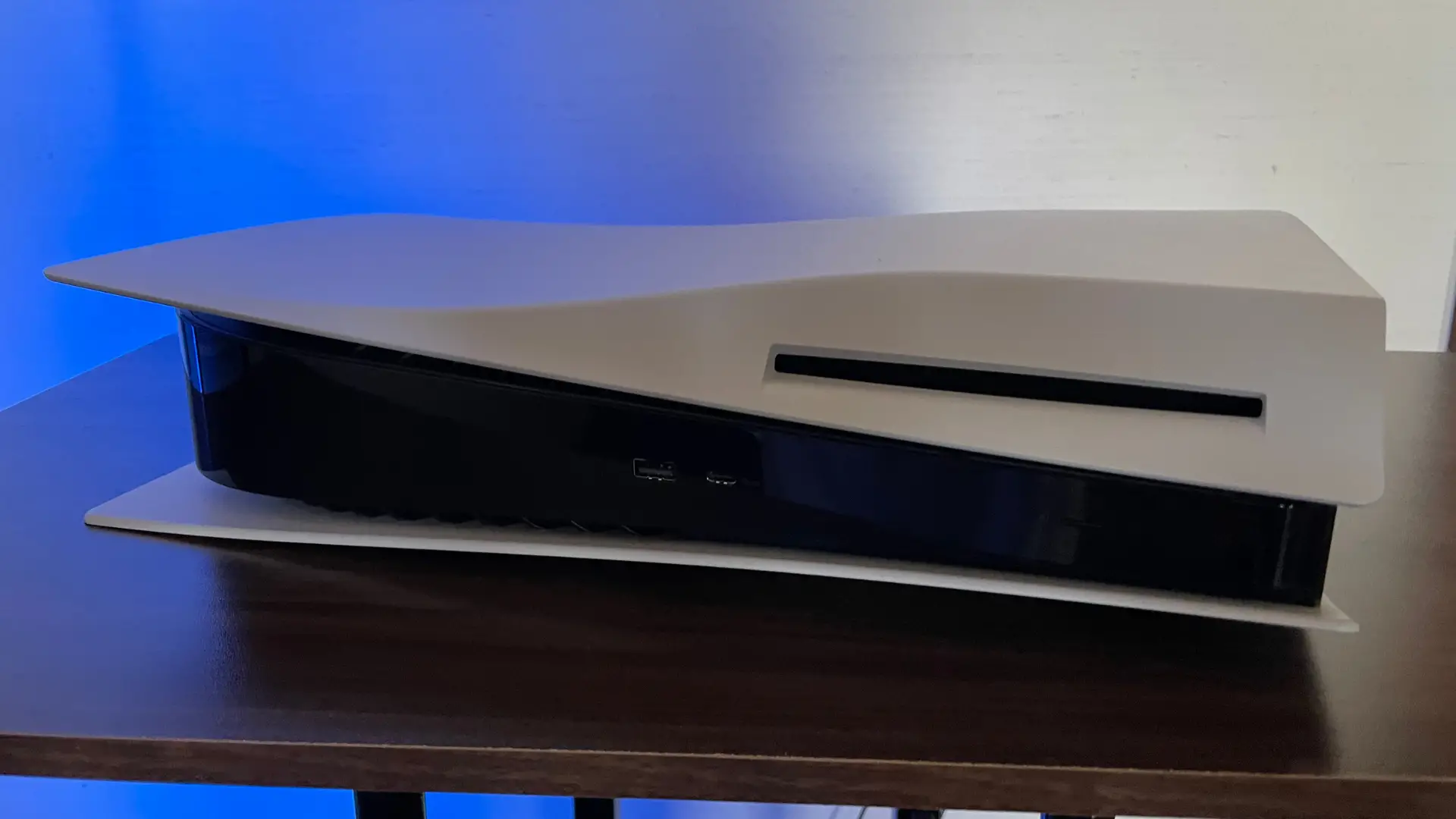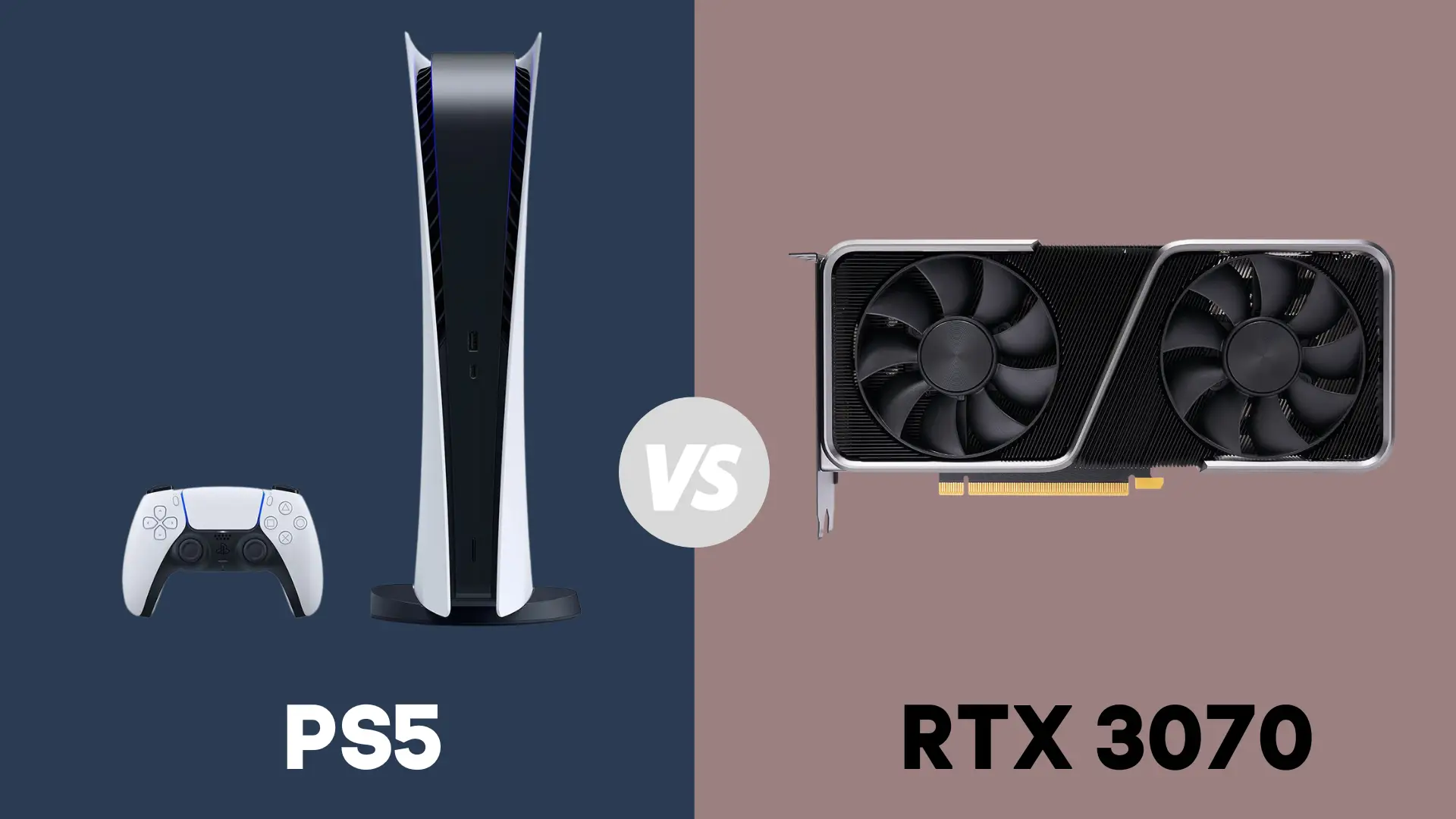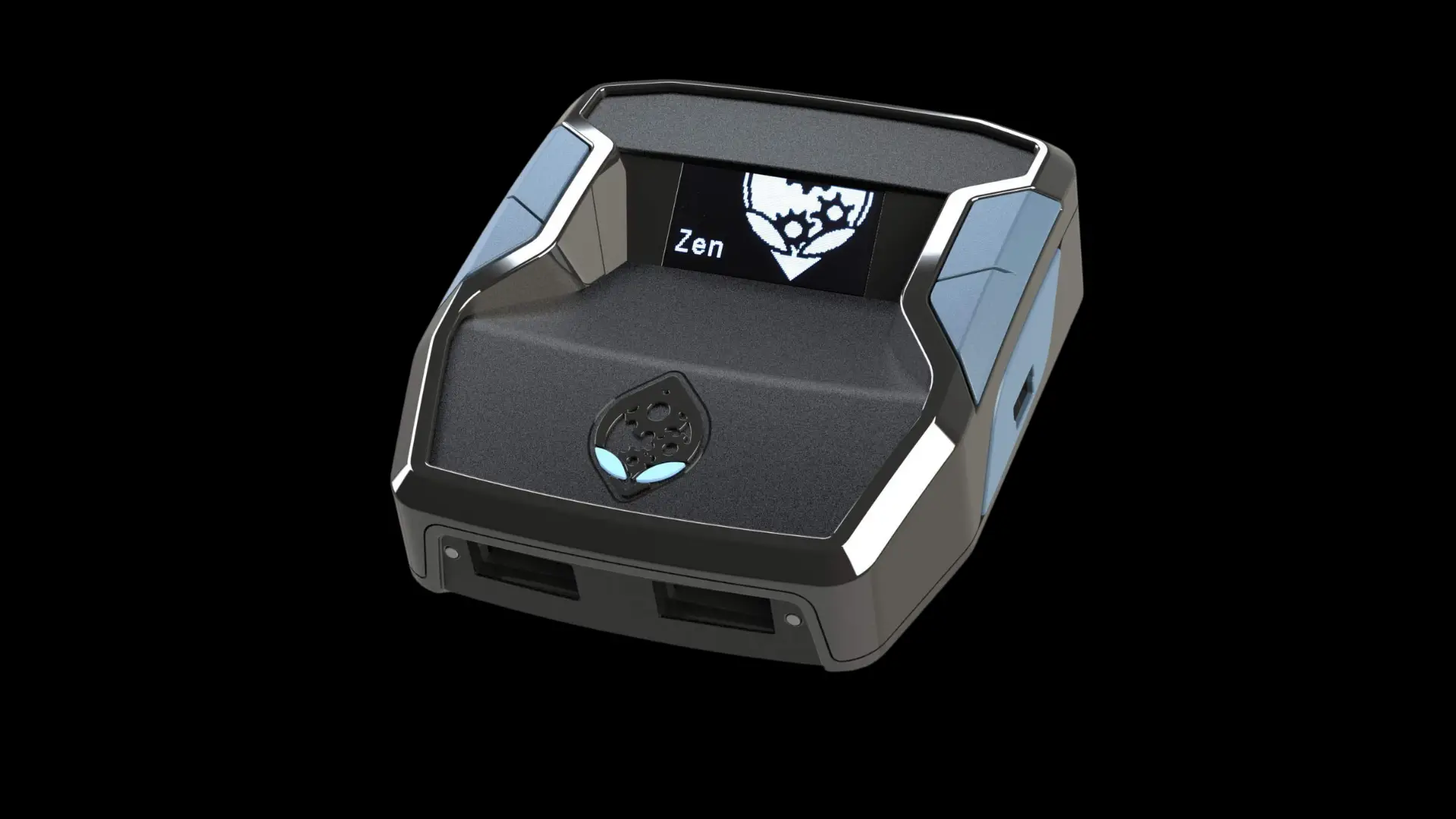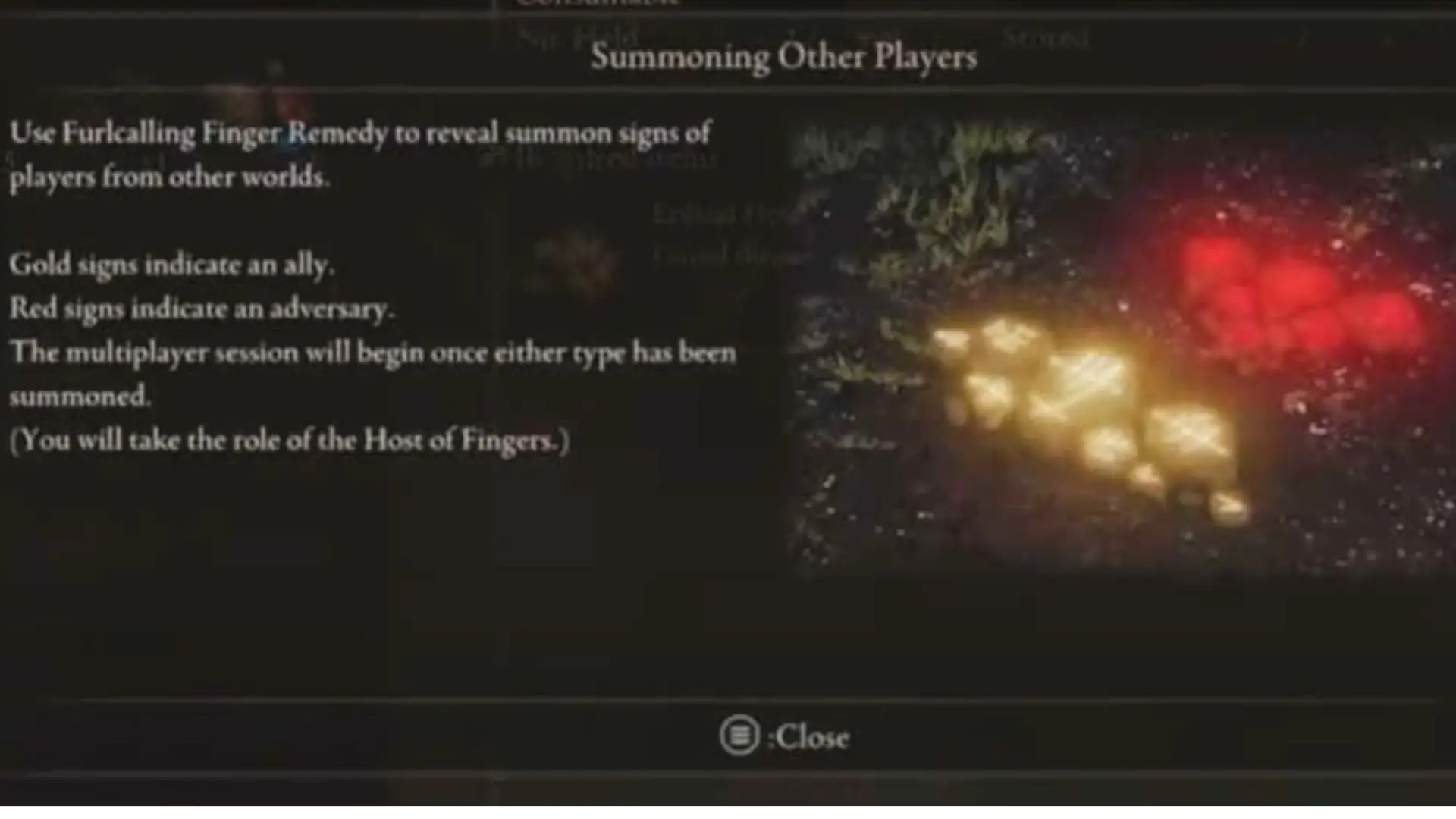Where To Get My Pokémon Cards Graded? [Answered]
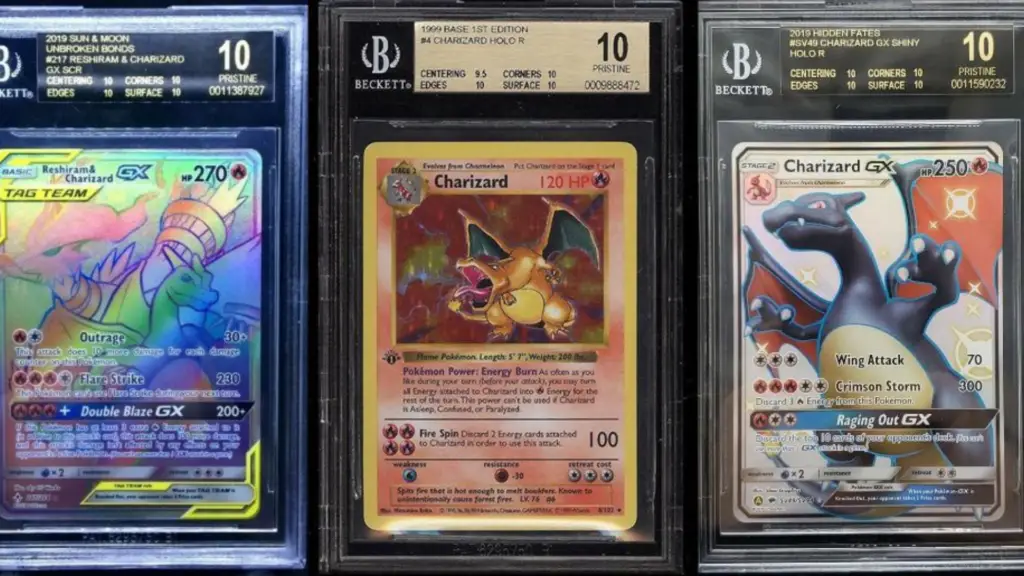
Pokémon cards have always had a degree of value, depending on the condition, age, and rarity of the card. However, they exploded in popularity in recent years due to prominent Internet figures opening Base set Pokémon cards on YouTube, causing people to get into collecting them. One thing a lot of them try to figure out though is where to get their Pokémon cards graded.
In order to get your Pokémon cards graded, you need to send them in to a professional grading company. This company will assess the quality on a scale of 1 to 10, with 10 being the best score, based on a number of factors.
But what, exactly, goes into the grading process? And should you even go through with this process? All that and more are answered below.
Where to get my Pokémon cards graded
When picking out a grader, there are a lot of factors you should consider before diving headfirst into your first choice. There are quite a few companies that exist to grade collectible cards (not just Pokémon cards), but there are a handful that stand above the rest, at least as far as notability is concerned.
The company most people tend to think of when they think of card grading is the Professional Sports Authenticator, or PSA, which ever since 1991, has certified more than 40 million cards, with a collective assessment between those cards in excess of $1 billion. There are other options you may choose from, however, which include Beckett Grading Services (BGS), Sportscard Guarantee (SCG), and Certified Grading Company (CGC).
While card grading is often done online, there are times where you may be able to get them graded in person. For example, PSA has done in-person grading at events such as at the 2021 National Sports Collectors Convention. Meanwhile, BGS has hundreds of physical locations across the United States, so be sure to check whether one is near you if you’d like to use their services.
How to identify a bad grader
Being that there is such value to be found in the Pokémon Trading Card Game scene, it should come as no surprise that there are all kinds of people at all levels trying to make an illicit profit off of the market. Be sure to look into any and all grading companies you consider giving your money to, as there have been instances of scams in this industry (as well as adjacent grading industries).
For example, the video game-grading industry faced controversy in recent years due to accusations that companies were engaged in activity to inflate the value of games in order to profit. This is a controversy that similarly impacted the coin-grading industry back in the 1980s, where the price of graded rare coins were artificially inflated to make a profit and then bail out before the inevitable crash.
Nothing as severe as these controversies has arose in the card-grading industry, although, as we discuss below, even the biggest of graders are not free from controversy. It all depends on whether you think those controversies are a dealbreaker.
What does grading involve?
Most companies operate on a fairly similar model, though some may have different internal methods they employ (with some graders being more secretive of said methods). As mentioned, these graders will typically grade them on a 1-10 scale, with 1 being the worst and 10 being the peak of card quality.
Getting a rating of 10, however, is quite a difficult task, with some graders having higher standards than others for a 10. In order to get a 10, not only does your card have to be in essentially perfect condition, there may be things that you have literally zero control over. For example, if you get the rarest publicly released card in the Trading Card Game, it may still have a printing error that makes it a guaranteed non-10.
How to keep my Pokémon cards in good condition
Make sure that your cards are kept in a cool area, as too much heat or moisture may damage the cardboard. A hard shell case does confer a significant benefit here, however, but even if you do have one, you should still be mindful of the environment you keep your cards in.
Is it worth it to get my Pokémon cards graded?
Determining the worth of these services will ultimately come down to what you are looking to get out of it. If you’re just looking to collect cards, it may be a worthwhile thing to get them graded, but you should make sure that you can actually afford to take on the cost of these services. You may also be better served to get your own
One thing to note is that there is diminished value in getting your Pokémon cards graded based on the rarity of the card. For example, where a shadowless Base set First Edition holofoil Charizard in mint condition is an absolute must (both for preservation and profit reasons), a common card is not going to have as much benefit from the process, even if the same conditions apply. This is because a common card is, as the name implies, significantly more common than an uncommon or rare card, so it is a lot easier to find a decent copy of, say, a Charmander card.
How much do Pokémon cards cost to grade?
When getting an individual Pokémon card, you should expect to pay somewhere between $18 and $35, depending on the grader and the specific service you want done. There may also be circumstances that would require that you grade a minimum number of cards in order to receive the company’s services, so be sure to check on that as well.
In addition to the cost of getting your cards graded, you have to account for shipping costs, which should be made available on the grader’s website. Shipping often varies depending on how many cards you are grading at a time, so if you plan on having your cards graded, you may want to consider getting it done only once you have a bulk order to make. That way, you can get it all done at once, and pay less in the long run.
Overall, you should be mindful that you find a proper balance with budget. While it may be nice to get your cards graded for the lowest price on the market, you are less likely to see a return on your investment for it. Furthermore, there is a heightened chance that the quality of their services is subpar, which tends to be a serious risk with a service that is noticeably lower than the competition. Cheaper is not always better.
Are newer Pokémon cards worth grading?
This is not a hard rule, as some newer Pokémon cards are still valuable (and may appreciate in value over time). However, in general, the older the set, the more likely the cards in said set have more valuable cards, and as such, benefit more from grading than something that came out only a year ago. There are still newer cards that have a bit of value, which may be worthwhile to get graded, but you should be sure to check how much the card costs before making that decision.
Ultimately, with a lot of newer cards, the benefits are often outweighed by the cost, and the value of cards tend to decrease over time. Perhaps the current set will go on to be as valuable in 20 years as the original Base set is now, but that is not the kind of gamble you should take lightly. Again, however, if you just want to preserve cards that you particularly enjoy for their art or the Pokémon species being a favorite, then go off!
What are the rarest types of cards?
Even rarer than most shadowless Base set cards, however, are certain promotional cards, which are sometimes released in an extremely limited supply. The second-rarest card ever made is the aforementioned Charizard card, of which the most anyone has paid for one is a staggering $369,000 in December 2020 (as of April 2022). But that’s nothing compared to the number one card, Illustrator Pikachu, which sold for $900,000 in February 2022.
The reason why the Illustrator Pikachu card is so valuable is due to the fact that the card is one of the rarest ever printed. There were originally thought to be only 39 in existence, until two more were discovered to exist by one of the Trading Card Game’s co-creators, Yuichi Konno. What’s interesting is that while the $900,000 card was only a near mint 7, higher-quality Illustrator Pikachu cards have actually sold for less, due mainly to the fact that Pokémon card sales have become extremely lucrative in recent years.
The card was given away as part of a contest in a 1997/1998 contest for CoroCoro Magazine, illustrated by the creator of Pikachu, Atsuko Nishida (who does not get nearly enough credit for her contributions to the Pokémon franchise). Only some copies of this card have surfaced, and who can say how many of these cards still exist in a tangible form?
Will professional graders grade fake Pokémon cards?
In general, no reputable company will allow fake cards to be graded, although there is still a possibility — no matter how slight — that a fake card may slip through their authentication system. Be sure to check on the track record of your chosen grader in order to see how good they are at catching fakes, as a grader accepting fakes can make their grading less valuable across the board. For example, PSA, despite being the leading grading service, has had to grapple with controversies to do with allowing fake cards to be assessed and graded in the past.
This controversy dates all the way back to 1991, when a grader knowingly allowed a doctored T206 Honus Wagner card to be graded — their first grading ever — a grade of 8 of 10 that persists to this day. There have been more controversies with fakers who exploit PSA’s process, which has, in turn, resulted in PSA’s competition getting something of an attention boost at the expense of PSA’s reputation.
There is an additional challenge to do with whether you should pick PSA, as the CEO of its parent corporation, Collectors Universe, noted that the grading process took only 30 seconds to do. This does not by itself mean that they are not stringent enough, but coupled with the fact that they have a poor reputation with fake cards being graded, someone being given pause should come as no surprise.
How long does it take for Pokémon cards to be graded?
The answer to this question is extremely difficult to determine, as the length of time to get your cards graded, regardless of how many cards are being graded at a time, will depend on how much volume the grader is experiencing. Since Pokémon card collecting has gotten so popular, that means that companies like PSA have had to take on a ton of extra work. And while they may be able to hire more employees to handle the workload, there are only so many people they can hire to handle all of that work.
The best way to check the average wait time for whichever website you are looking to use is to check the time they have listed, which most grading services worth your time will have on display. This, of course, does not account for the possibility that the shipment may be delayed for reasons outside of their control, so always account for that as well for your own good.
- How to Pair Meta Quest 3 Controllers with Your Quest 3 Headset: A Quick Guide
- How to Charge Meta Quest 3: A Guide to Powering Up Your VR Experience
- How to Cast Meta Quest 3 to Samsung TV: A Step-by-Step Guide
- How To Factory Reset Your Meta Quest 3: A Step-by-Step Guide
- How to Power On and Off the Meta Quest 3


